Oxford University Mathematician takes High School GCSE Further Maths Exam
TLDRIn this engaging video, Dr. Tom Crawford from the University of Oxford takes on the 2019 AQA Further Maths GCSE Paper 1, a non-calculator exam, with a total time of 1 hour and 30 minutes. Despite having no prior knowledge of the syllabus, he tackles the exam with enthusiasm, providing step-by-step explanations and even drawing graphs on the paper. The video covers a range of mathematical topics, including linear equations, fractions, inequalities, and matrices. Dr. Crawford's candid approach and humor make the video not only educational but also entertaining. He scores an impressive 69 out of 70, showcasing his mathematical prowess and ability to think on his feet. The video serves as both a study aid for students preparing for similar exams and a testament to the joy of problem-solving in mathematics.
Takeaways
- 📚 Dr. Tom Crawford, a mathematician from the University of Oxford, took the 2019 AQA Further Maths GCSE Paper 1 without any preparation to demonstrate the exam experience.
- ⏳ The exam was timed, allowing 1 hour and 30 minutes to complete all questions, and Dr. Crawford was provided with a formula sheet for reference.
- 📈 Dr. Crawford used a combination of mathematical knowledge and logical reasoning to solve a variety of mathematical problems, including algebra, geometry, and trigonometry.
- 🔢 He made a minor error in calculating the equation of a line where he mistakenly used '-2x' instead of '-3x', but corrected it after re-evaluating the given points.
- 🧩 Dr. Crawford successfully solved complex problems such as simplifying fractions, working with inequalities, and applying the sine and cosine rules.
- 📐 He demonstrated the use of graphical methods to solve geometry problems, including finding the equation of a straight line and plotting the graph of a function.
- 🤔 Dr. Crawford faced a challenge with a matrix transformation question but managed to work through it by setting up simultaneous equations.
- 📉 In the process, he made a slight error in factorizing an expression but still obtained a correct solution, albeit with a minor deduction in marks.
- 🏗️ He applied mathematical concepts to real-world scenarios, such as calculating the volume of a cone and the surface area of a circle.
- 📝 Dr. Crawford emphasized the importance of showing all work and steps for solving problems, which not only helps in understanding the process but also in scoring partial marks.
- 🎓 The video serves as an educational resource, showcasing how to approach GCSE level math problems and think through solutions step by step.
Q & A
What is the equation of the line that passes through the points (-2, 11) and (1, 2)?
-The equation of the line is y = -3x + 5, derived from the gradient of -3 and the y-intercept of 5 after applying the point-slope form of a line equation.
How does Dr. Tom Crawford simplify the expression (5/6)a + (a/4)?
-Dr. Crawford finds a common denominator of 24, combines the terms to get (20 + 6a^2)/24a, and then simplifies it to (10 + 3a^2)/12a.
What is the smallest integer value of x that satisfies the inequality 8 - 5x < 26?
-The smallest integer value of x that satisfies the inequality is -3, found by solving the inequality and checking integer values.
What values of p and k satisfy the identity p(x - 1) + 6x + 2k = 4x + 8?
-The values of p and k that satisfy the identity are p = -2 and k = 3, determined by comparing coefficients of corresponding terms.
What is the value of x that satisfies the cube root equation √(x - 10) = 2?
-The value of x that satisfies the equation is 81, found by cubing both sides and solving for x.
How does Dr. Crawford approach the matrix transformation question?
-Dr. Crawford sets up simultaneous equations based on the transformation matrix and the given points, solving for the unknowns a and b.
What is the function f(x) given in the script?
-The function f(x) is a piecewise function with different expressions for different intervals of x: -2x for -1 ≤ x < 0, x(4 - x) for 0 ≤ x ≤ 3, and 2x - 3 for x > 3.
How does Dr. Crawford find the coordinates of point B on the line segment ABC?
-He uses the ratio given (5:3) and applies the concept of similar triangles to find the coordinates of B, which are (11, -5/2).
What is the expression for the derivative of y = 2x^3 - 10x^2?
-The derivative, denoted as y', is found to be 6x^2 - 20x by applying the power rule for differentiation.
How does Dr. Crawford factorize the expression 6x^2y + 26xy - 28y^2?
-He factors the expression into (3x - 2y)(2x + 10y), after some trial and error, recognizing the need to balance coefficients.
What is the surface area of a cone given its slant height (l) is three times the radius (r) and the curved surface area is 60π?
-Using the formula for the curved surface area of a cone (πrl), and knowing l = 3r, the radius is found to be 2√5, and the slant height is 6√5. The surface area, including the base, is 60π + πr^2.
What is the value of 'a' in the equation y = x^3 + ax^2 - 7 when the gradient of the curve at x = 4 is twice the gradient at x = -1?
-By differentiating and applying the given conditions, 'a' is found to be -7/2 after solving the equation 48 + 8a = 2(3 - 2a).
Outlines
😀 Introduction and Exam Overview
Dr. Tom Crawford introduces himself and the purpose of the video: to sit the 2019 AQA Further Maths GCSE Paper 1 exam without any preparation. He emphasizes the non-calculator nature of the exam and the time limit of 1 hour and 30 minutes. He also mentions the inclusion of a formula sheet and his intention to write on the exam paper itself, following feedback from his last video.
📚 Solving数学题 and Simplifying Fractions
The video continues with Dr. Crawford solving数学题, including finding the equation of a line given two points and simplifying fractions. He uses graphical representation and algebraic manipulation to solve these problems, demonstrating a step-by-step approach and checking his work against the provided solutions.
🔍 Inequality and Identity Problems
Dr. Crawford addresses inequality and identity problems, determining the smallest integer value of x that satisfies a given inequality and finding values of p and k that satisfy a given identity. He uses algebraic techniques to solve these problems and verifies his solutions by substituting the values back into the original equations.
🧮 Cube Roots and Matrix Transformations
The video covers cube roots and matrix transformations. Dr. Crawford solves a cube root problem by applying the cube root formula and simplifies the expression. He also deals with a matrix transformation problem, setting up simultaneous equations to find the unknown coefficients of the transformation matrix.
📈 Graphing and Function Analysis
Dr. Crawford graphs functions and analyzes their properties. He sketches the graph of a piecewise function and calculates the coordinates of a specific point on the graph using geometrical and algebraic methods. The video demonstrates his ability to visualize mathematical functions and solve related problems.
🤔 Circle Theorems and Trigonometry
The video tackles circle theorems and trigonometry. Dr. Crawford solves problems related to circles, using the properties of tangents and angles in a circle to find unknown values. He also employs trigonometric ratios to find missing sides of triangles inscribed in a circle.
🟪 Matrix Operations and Function Equations
Dr. Crawford performs matrix operations, including rotations and reflections, to find the resulting matrix after applying a series of transformations. He also solves a function equation, using algebraic techniques to find the values of x that satisfy the given conditions.
🏁 Conclusion and Self-Assessment
In the concluding part of the video, Dr. Crawford reviews his work and compares it to the official mark scheme. He tallies his scores for each question, reflecting on his performance and the challenges he faced. He scores 69 out of 70, expressing satisfaction with his result and the enjoyable experience of taking the exam.
Mindmap
Keywords
💡Further Maths GCSE
💡Non-calculator exam
💡Gradient
💡Matrix transformations
💡Quadratic equation
💡Surface area
💡Proof
💡Circle theorems
💡Trigonometry
💡Derivative
💡Factorization
Highlights
Dr. Tom Crawford, a mathematician from the University of Oxford, attempts the 2019 AQA Further Maths GCSE Paper 1 without any preparation.
The exam is non-calculator and has a time limit of 1 hour and 30 minutes.
Crawford decides to write directly on the exam paper following feedback from his last attempt.
The exam includes a formula sheet providing essential mathematical formulas.
Crawford uses graphical and algebraic methods to solve a range of mathematical problems.
He simplifies fractions and works with inequalities to find integer values of variables.
Crawford applies the sine and cosine rules to solve problems related to triangles.
He uses the concept of a transformation matrix to map points in the coordinate plane.
Crawford solves a complex function problem by graphing and analyzing the function's behavior.
He applies the principles of circle theorems to find angles and lengths in geometric problems.
Crawford uses the method of simultaneous equations to find the values of variables in a system.
He demonstrates the use of the Pythagorean theorem in solving for unknown sides of triangles.
Crawford factors quadratic expressions and solves for the values of x.
He uses proof techniques to demonstrate the validity of a given mathematical statement.
Crawford's approach to solving problems is both educational and entertaining, providing insight into mathematical reasoning.
He scores 69 out of 70, showcasing his ability to perform well under the exam conditions.
Crawford's video serves as a study aid for students preparing for their GCSE Maths exams.
Transcripts
Browse More Related Video
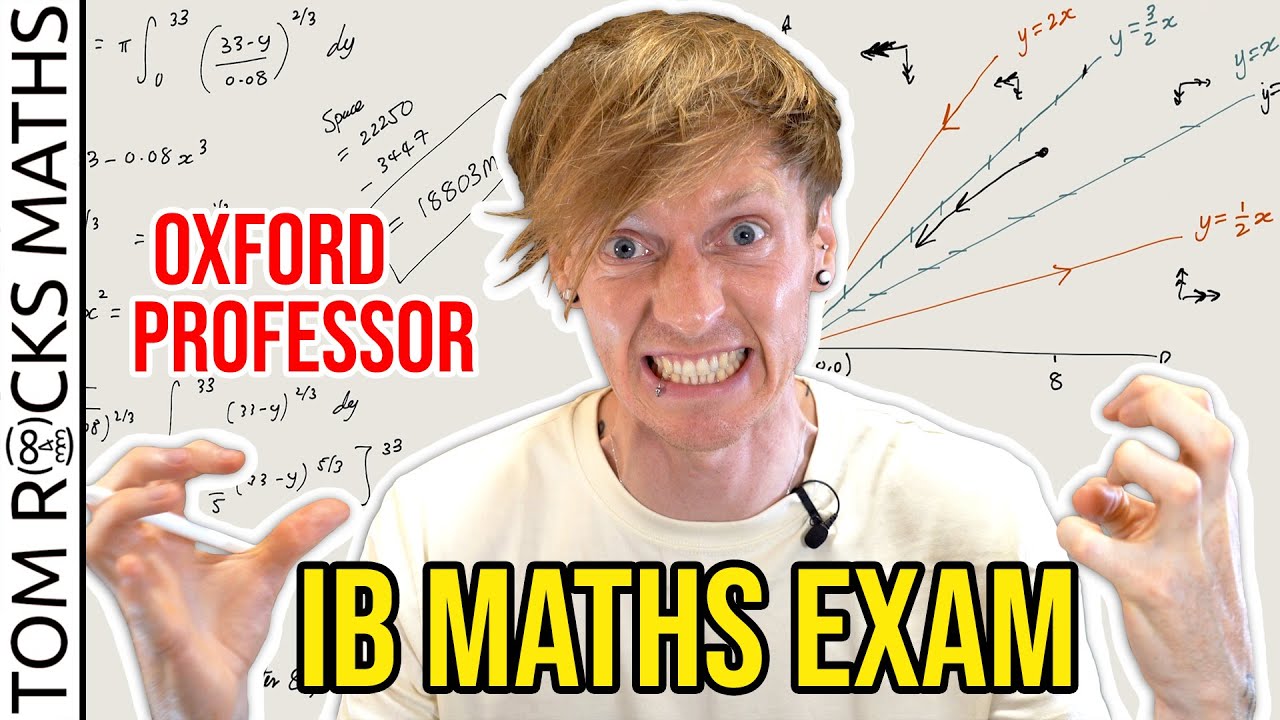
Oxford University Mathematician takes High School IB Maths Exam
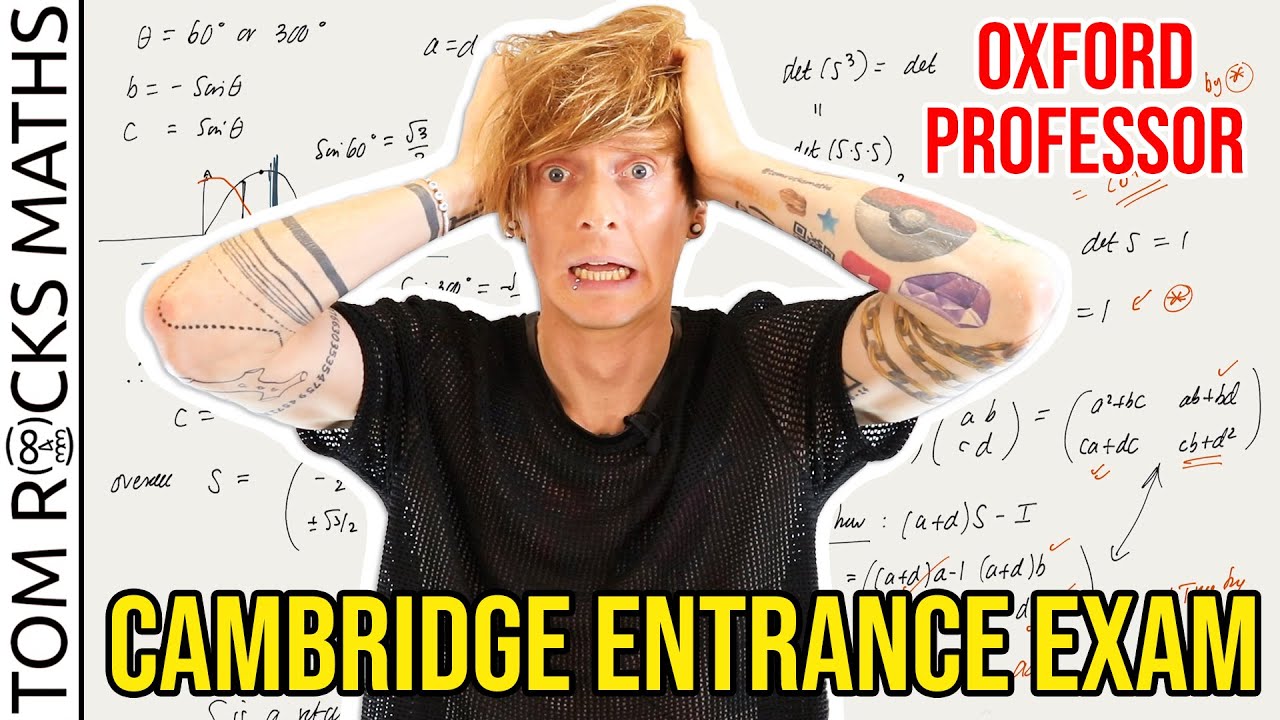
Oxford University Mathematician takes Cambridge Entrance Exam (STEP Paper) PART 1
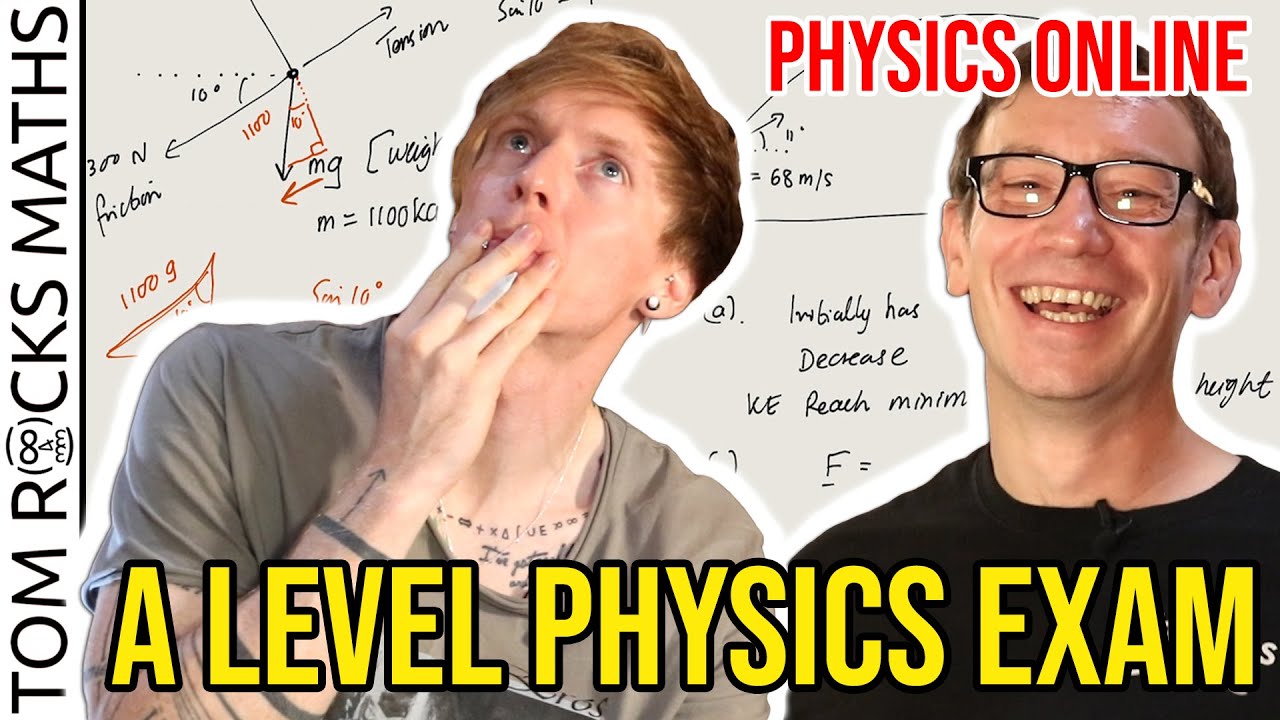
Can an Oxford University Mathematician solve a High School Physics Exam? (with @PhysicsOnline)
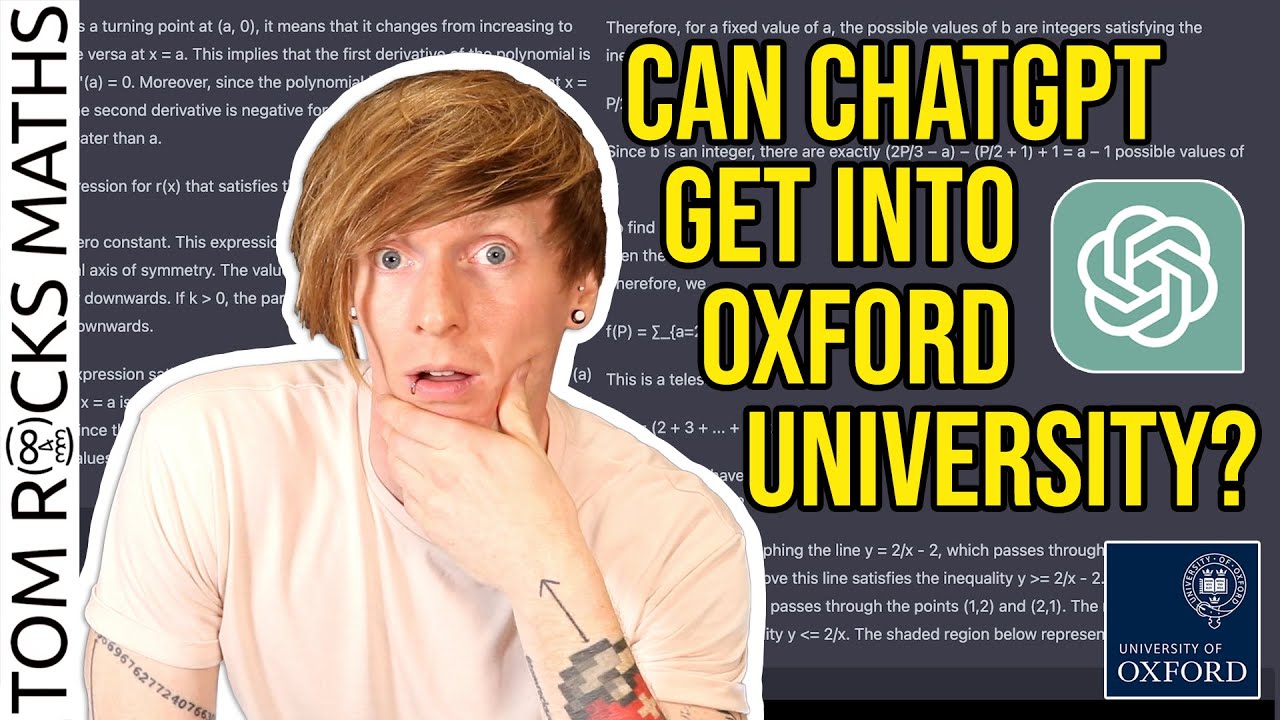
Can ChatGPT Pass the Oxford University Admissions Test?
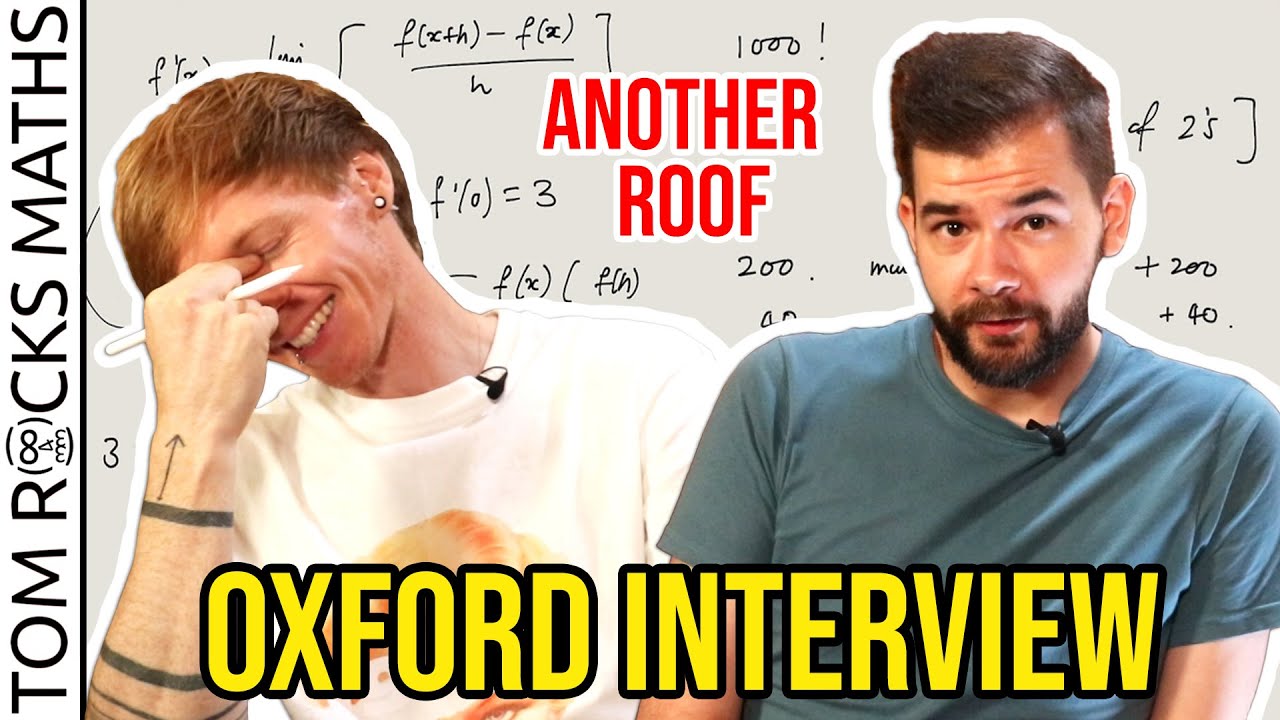
Oxford University Mathematician takes Admissions Interview (with @AnotherRoof)
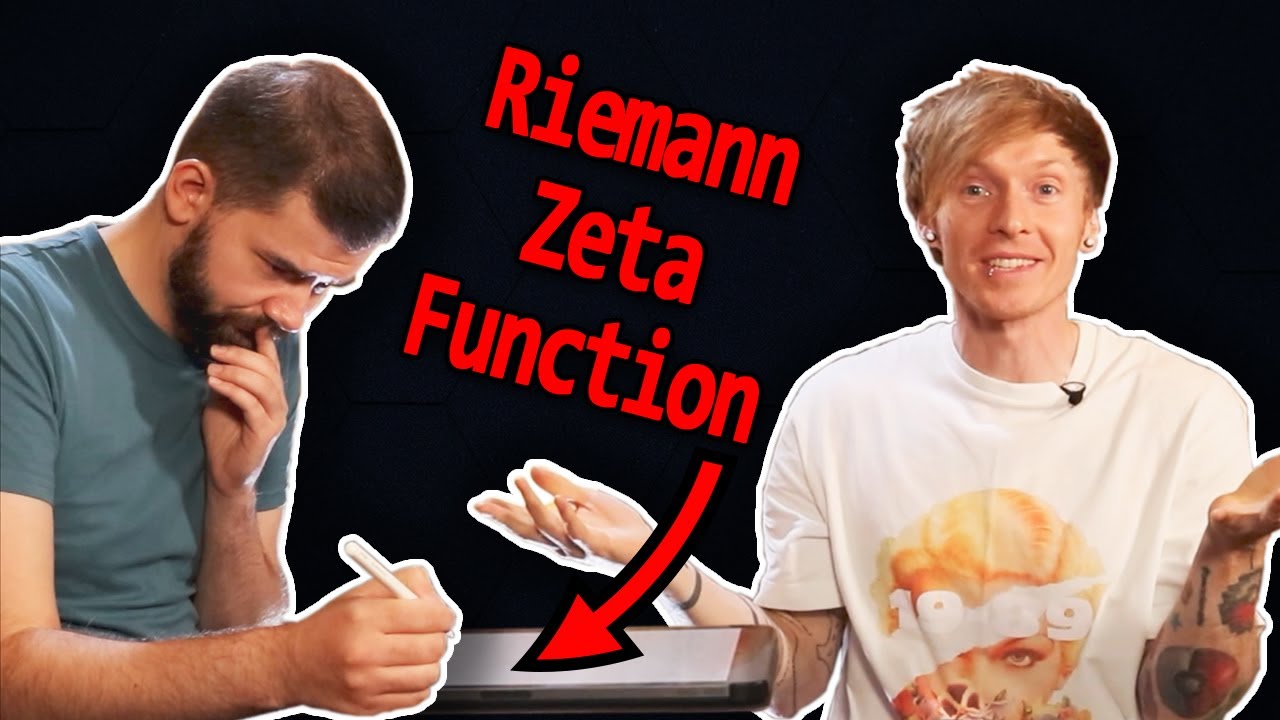
How Hard is an Oxford Maths Interview? Feat. Tom Rocks Maths
5.0 / 5 (0 votes)
Thanks for rating: